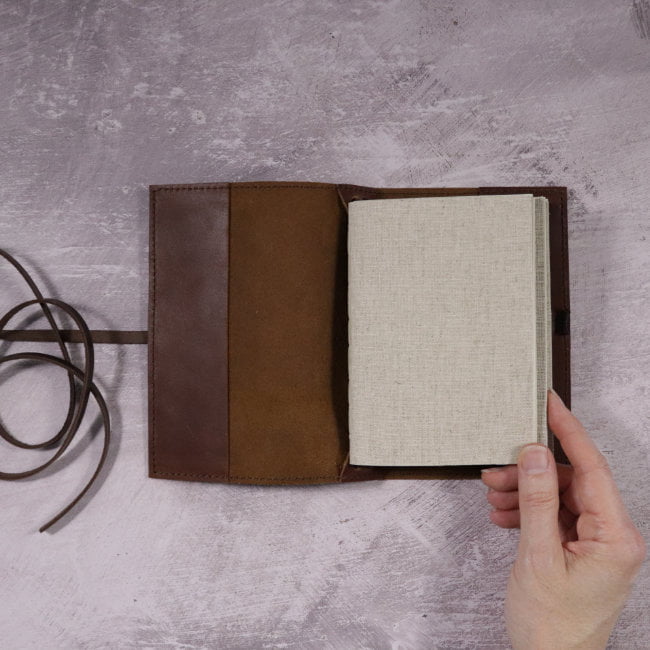When I first moved out of home and in with my future husband, we went through quite a few of the general running-of-the-house role sharing tasks together. We soon found out what we were a) better at doing and; b) preferred doing.
One of the everyday jobs that I was happy to take away from him (for the most part), was cooking. He enjoyed cooking, and we even cooked together at times (because it seemed so romantic!) – but the cooking was best left for me because frankly, I enjoyed to eat dinner well before 9pm. His ‘measure twice, cut once’ mentality and my predisposition for becoming hangry (angry when hungry) was going against us.
Eventually though, cooking became tiresome for me. Every night after work, I would sit down with a pile of recipe books, glazing over them wondering; What are we going to eat? What could I be bothered to cook? What do we even have in the pantry/fridge? I couldn’t be bothered driving up to the shops now…
Be organised & not hangry
Every night, the same uncertainty was making cooking a chore & less enjoyable. So finally, my desire of being organised conquered – I employed the help of some brightly coloured sticky page markers and began what was to become, my life-long helper – the menu list.
As we were new to cooking for ourselves and we each had opinions on certain meals & flavours – our experiments, trials & errors became the foundation of the ultimate menu list. The recipes that got the thumbs up, ended up with a sticky page marker, the ones we weren’t so fond of, never got another look-in. Simple.
Note: You can go on and skip step 1. (creating a menu list) and go straight to step 2. (the menu plan) if it seems a bit much for you. I admit, it does take some time (give it a few hours at least). But you will reap the rewards on a weekly basis if you put in the time to begin with.
Stage 1. The menu list
Can you imagine having all your favourite recipes at your finger tips – book title, page number, must have ingredients for the shopping list, at a glance? That’s what I imagined, so I created a list with this simple system. It was easy once all our favourite recipes were bookmarked. Here’s what I did:
Firstly I sub-titled sections in groups ie: beef, pork, chicken, fish, vegetarian etc. This could be done on a spreadsheet (the way I first started), within a ring binder or in a leather journal (the way I do it now). If you use a leather journal, you can use these gorgeous brass index tabs to separate beef, pork, chicken, fish, vegetarian etc.
I then went through every page I had favourited in the recipe books and slotted the following information in the corresponding columns:
Column 1: Brief description – this isn’t the recipe title, as sometimes they can be a little fancy or long. This is my own brief description eg. Goulash beef & pasta.
Column 2: Recipe book & page number – this was a code, and didn’t include the full details. For example, Marie Claire’s Cooking, page 26 – became C26. And Family Circle Quick Pasta Recipes, page 36 became P36. Too easy!
Column 3: Ingredients to put on the shopping list – this is where you only include the things you know you’ll need to buy, rather than what you will already have in the pantry or fridge as a staple. You wouldn’t put pasta, stock, onion, tomato paste for example, but items such as sour cream, green capsicum would go in this column.
The third column takes time & patience. If you don’t do this section, it won’t be detrimental – but it will save you time on a weekly basis as you won’t be opening recipe books to check what you need to buy.
Once you have this Holy Grail set, you are set.
Stage 2. Menu planning
I used to use scrap paper and write the days of the week, with my codes from column 2 in them – and leave the bottom section as a shopping list. Then I discovered a menu planner notepad at kikki.k (although there are also quite a few on Etsy). Nowadays, I keep my master menu list, my menu planning and shopping list in the one Epic-Food-Organisational leather journal – because leveling up from scrap paper after all those years was a must! 😍
Benefits of menu planning
You’ll find that with a menu planned out:
- you’ll shop quicker
- there’ll be less food wastage
- you’ll spend less $ at the supermarket
- and spend less on take-away dinners!






